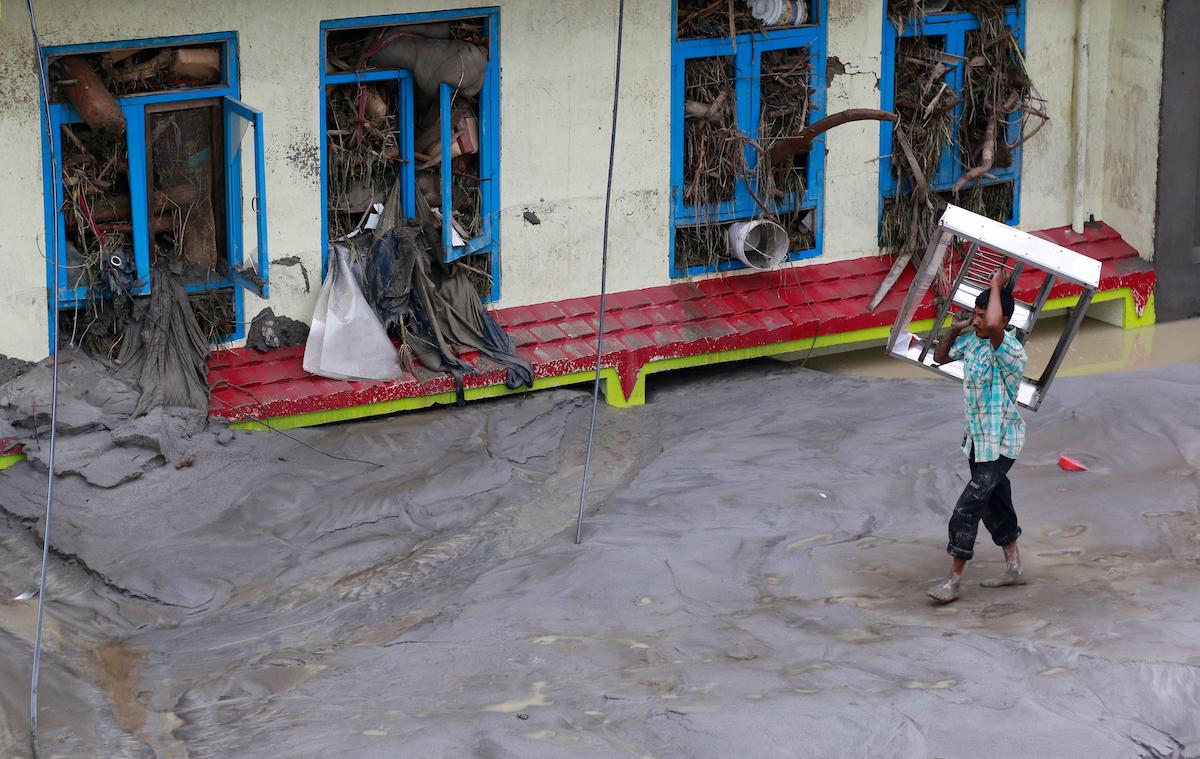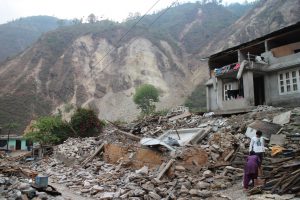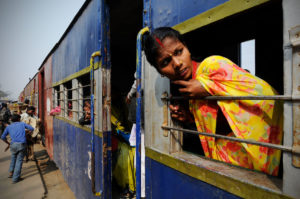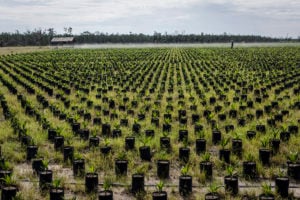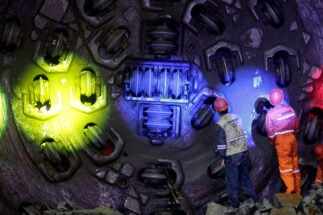“Don’t take pictures,” shouts Deep Bahadur Jyoti. Jyoti is a resident of Ganise, a village on the left bank of the Melamchi River about 40 kilometres northeast of Nepal’s capital Kathmandu. The riverside village was among those destroyed by two violent floods this summer, which killed 25 people.
Ganise is one of many riverside settlements that are now little more than piles of sand and boulders.
I turn off my camera, walk a few steps and stop in front of Jyoti’s hut, a small structure covered in zinc sheets. A couple of tables, a wooden rack filled with liquors, packets of biscuits and a few other essentials are all he has left to offer to the customers of his eatery.
“I am sorry for shouting, but I am fed up,” he says. “Life has been miserable, and telling our stories of pain is useless, we continue to suffer with no support from the government.” It takes some time before he agrees to speak about his experience.
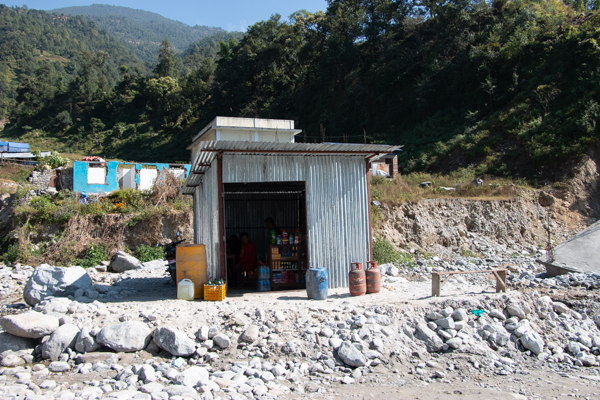
Lives uprooted
Jyoti was planning to move to Qatar or Kuwait, where he had previously spent a decade working, saving enough to set up his small business in Ganise. But fate had other plans. “During the flood I lost all the old documents from the company where I used to work, and I need them as proof [of previous employment] so that they can invite me again,” he explains. “I will have to start my life from scratch now.”
According to official data, 317 houses were destroyed in Helambu rural municipality alone, where Ganise is located. Over 170 were demolished downstream in Melamchi municipality along the Melamchi River.
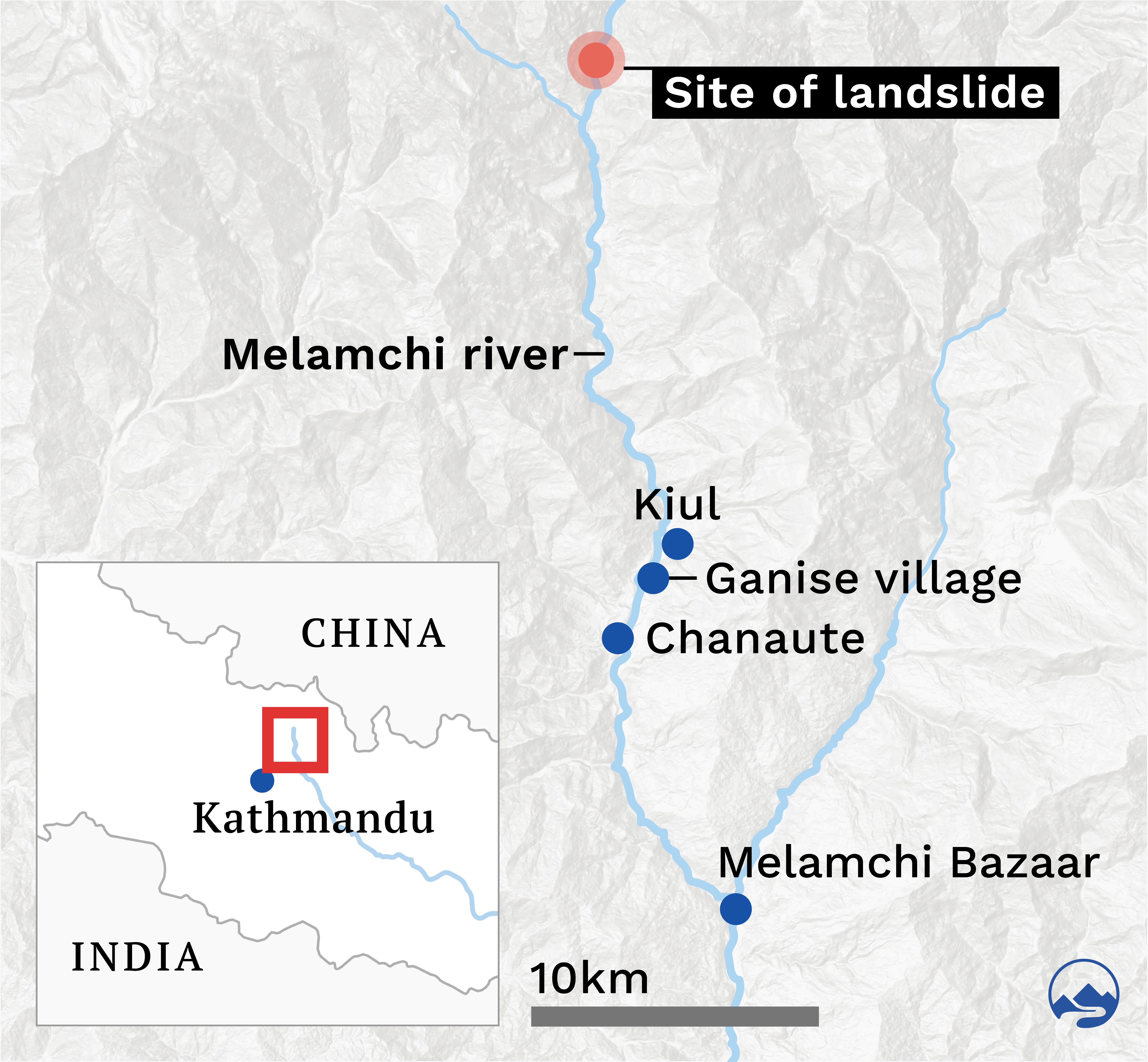
When I visit in November, Jyoti is the only person in the village who has resumed business after the floods, albeit on a small scale. His idea is innovative. With a budget of about USD 1,000, he built a portable hut that can be moved before the next monsoon. “People say I am mad to invest here, but I need to pay debt and feed three kids,” he says. The metal panels of his new hut are bolted together, so it can be dismantled and transported to safer ground when heavy rains or floods strike.
Scant help from authorities after Melamchi floods
In Kiul, the headquarters of Helambu rural municipality a few kilometres north of Ganise, Dil Bahadur Nepali hurries towards the riverbank to collect sand. Like much of the town, his house was washed away by the floods, and he is currently working as a daily wage worker in the construction sector.
“It’s been five months [since the Melamchi floods], but I haven’t seen a single penny as compensation from the government,” he complains. “Every day I go to the administrative office but I haven’t got any answers. Maybe they don’t care because I am a Dalit.” (Dalit is the name of a marginalised caste previously known as ‘untouchable’.) “It’s too cold out here in the tent [where the displaced residents have been accommodated]. We don’t know how we are going to survive this winter, let alone build a new house,” Nepali says.
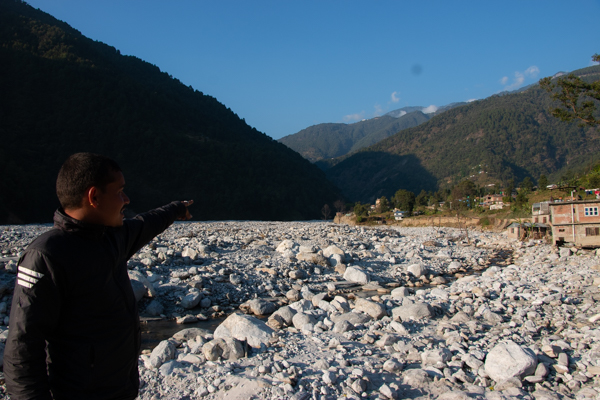
Officials say it’s just a matter of time before all displaced families are compensated. “In the first phase, 82 houses have been approved for compensation and will receive funds soon, and the remaining 235 are in the process of receiving approval,” says Bishnu Hari Timalsena, head of the Helambu rural municipality.
“We have been trying to manage as much as possible with our limited resources,” Timalsena says, “but we need a comprehensive plan to both control the river and help rehabilitate affected people.” Local authorities can’t do that without the central government’s help, he says.
Without scientific information on flood risk across the watershed, we don’t know how to move forwardBhagwati Nepal, Melamchi’s deputy mayor
At the national level, authorities are considering shifting from ad hoc support after a disaster to an insurance model. “We have paid subsidies to 5,100 people in the past year alone,” says Bipeen Acharya, joint secretary at the National Disaster Risk Reduction and Management Authority (NDRRMA). “If we continue like this, how long will we be able to provide compensation for disaster victims?”
Authorities say they have been discussing this with the World Bank and other international agencies that have helped countries set up insurance schemes, but haven’t yet reached an agreement.
The science lags behind
There is still no clarity on what triggered the massive 15 June flood in a relatively small watershed of about 330 square kilometres. But scientists do agree that it was the result of a series of compounding events. As well as the river banks bursting, a huge landslide upstream temporarily blocked the river at an altitude of 3,500 metres. This formed a natural dam, which later collapsed.
According to a field report by the NDRRMA and the Department of Mines and Geology seen by The Third Pole, about 90 million cubic metres of sediment were displaced during the disaster. As a result of the floods, another 11 million cubic metres are now destabilised and could crash down with the next monsoon’s heavy rains, says Shiva Kumar Baskota, a senior geologist at the Department of Mines and Geology and member of the research team. “It is a major threat for downstream communities.”
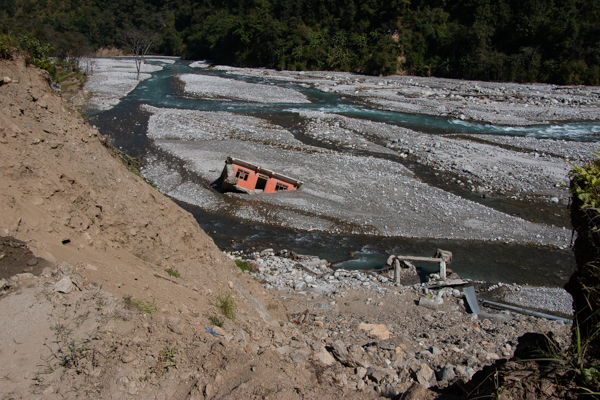

Local administrative bodies have been demanding a more thorough study to identify potentially risky areas and help plan the resettlement of the people affected. Several government and non-government agencies have said that studies are being conducted, but so far they have failed to carry out comprehensive research spanning the entire watershed, which would have helped communities.
“People have been asking us if they could build new houses on the land affected by the floods, but we don’t have an answer,” says Bhagwati Nepal, Melamchi’s deputy mayor. “How much land should we leave empty in view of future flooding events? Without this kind of scientific information, we don’t know how to move forward.”
Modelling future floods
The Melamchi authorities have tried to fill the knowledge gap by hiring a team of independent experts. But the problem is not site-specific and needs holistic, long-term research spanning the entire Indrawati river basin, of which the Melamchi River is just a part.
To understand the dynamics of a debris-loaded flood stretching for 40 kilometres downstream from the mountain, “we need to create flood modelling and figure out which areas could be impacted in future before saying anything to the communities”, says Basanta Raj Adhikari, an engineering geologist at the Centre for Disaster Studies at Tribhuvan University’s Institute of Engineering.
Conventional flood models, he says, are based purely on volumes of water. This is not helpful in the case of floods carrying a heavy load of debris, like the one that occurred on the Melamchi River. “We must add the sediment element to our models and look at how such a flood may behave, to work out which areas can be safely rebuilt,” he says. Adhikari says his team (separate to the government’s researchers) is working on this, but the process will take time.
Fears for the next monsoon along the Melamchi River
Seven roads allowing the movement of cars and trucks, and 13 suspension bridges that could be crossed on foot were swept away by the summer floods. Only one large bridge is currently being reconstructed by the Nepali Army in Chaunate, two kilometres south of Ganise. There is no clear timeline for the the others.
Among the many who are already worried about the next monsoon are health workers. “It’s almost certain that many villages will be cut [off] during the next monsoon, so we have asked the district health office to provide essential medicines before the rains set in, and dispatch them to the villages,” said Gyanendra Sigdel, health coordinator at the Helambu Rural Municipality in Kiul, the town that was partly destroyed by the flood. “We don’t know yet if that will happen or not.”
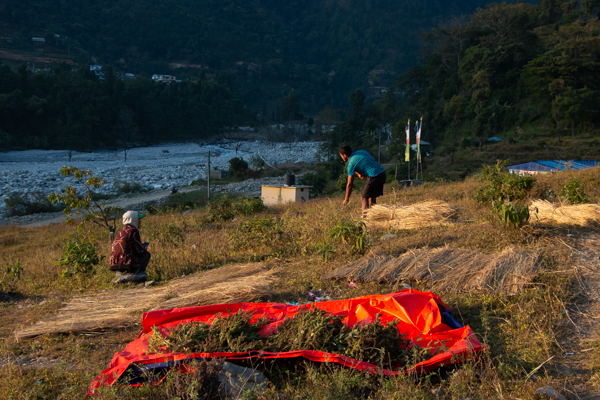
While authorities in Kathmandu have said that roads are a priority, local practitioners complain that official statements don’t reflect the reality on the ground. Acharya at the National Disaster Authority says that the NDRRMA has been organising meetings with concerned authorities, including the roads department, but given the scale of the disaster he doesn’t believe that safety measures will be in place before the 2022 monsoon.
For the many people waiting for support, daily life is an all-consuming challenge that leaves no space for planning ahead, especially since the winter temperatures have started to bite. “I know our lives [the people of Ganise village] will never be the same. At this point I can only wish we don’t die of starvation and cold,” Jyoti says, who is living in a tent with his family. “I don’t even want to think about the next monsoon. Just come again after the rains and you’ll see if I am alive or not.”
